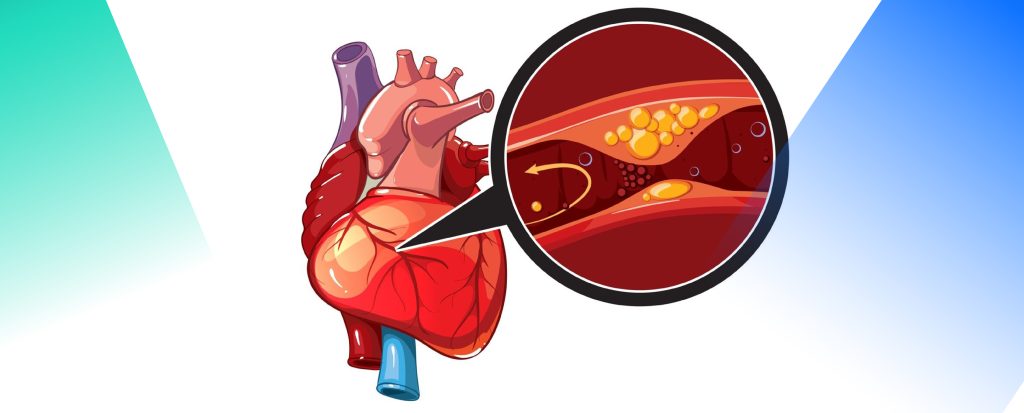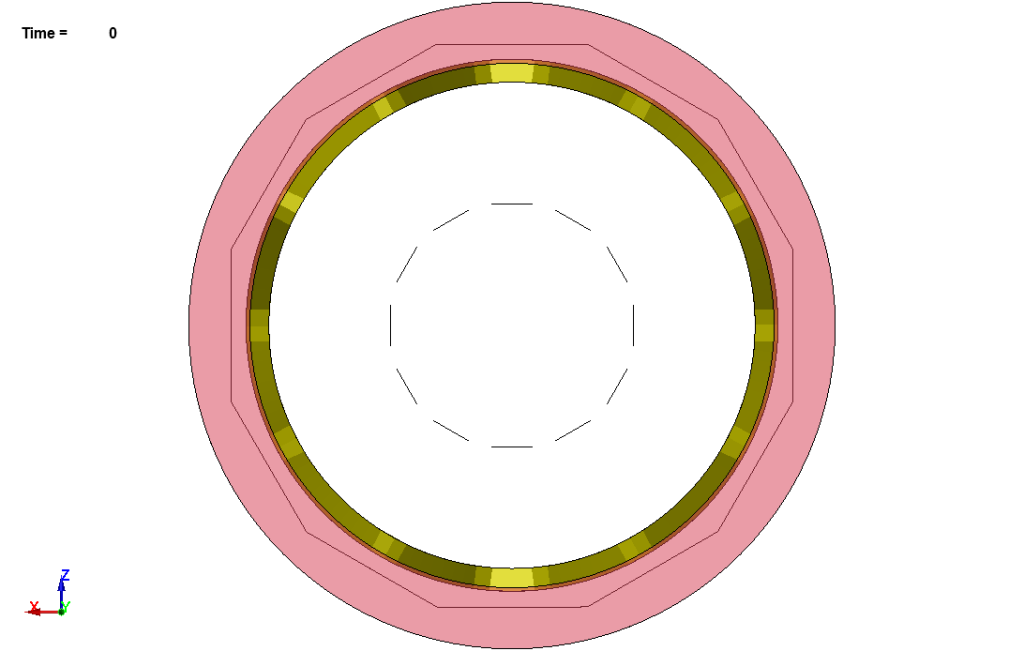

LS-DYNA Stent Simulation is redefining cardiovascular innovation by enabling high-fidelity virtual testing of stent behavior during critical stages like crimping and dilation—under realistic, physiological conditions. In the rapidly evolving landscape of biomedical engineering, cardiovascular stents play a crucial role in treating artery blockages and restoring blood flow. These tiny mesh tubes are implanted into narrowed or weakened arteries and are critical for millions of patients globally. As the need for patient-specific stent designs and minimally invasive procedures increases, simulation-based engineering is emerging as a game-changer. Among the leading tools in this domain, Ansys LS-DYNA stands out for its robust ability to simulate complex, nonlinear, and dynamic medical scenarios.
The simulation discussed in this blog focuses on modeling the mechanical behavior of a cardiovascular stent during two essential stages:
Using LS-DYNA, a high-fidelity finite element (FE) model was created comprising the following components:

Boundary conditions and material properties were defined to reflect physiological realism, such as elastic-plastic behavior for metallic stent structures and hyperelastic models for artery walls.
LS-DYNA’s robust contact and large deformation capabilities were leveraged to produce highly detailed simulation results. Iso and front views during both crimping and dilation phases showcased the mechanical response of the stent, artery, and tools.
The displacement plot revealed how the stent deforms during deployment. Areas of maximum and minimum displacement helped identify potential stress concentrations and regions at risk of mechanical failure.
Beyond cardiology, LS-DYNA is also used for simulations in orthopedics, surgical tool design, and impact biomechanics. Its ability to model real-world physiological and mechanical responses makes it indispensable in modern medical device development.
The use of Ansys LS-DYNA in simulating stent crimping and dilation demonstrates how digital engineering is transforming medical innovation. By providing a safe, cost-effective, and highly accurate way to test device performance under real-world conditions, LS-DYNA accelerates the path from concept to clinic.
Whether you’re a biomedical engineer, medical device designer, or simulation specialist, LS-DYNA offers the tools you need to enhance product safety, performance, and regulatory compliance in the highly regulated healthcare industry. From concept to clinic, LS-DYNA Stent Simulation empowers biomedical engineers to design safer, more effective cardiovascular devices, accelerating innovation while reducing development risks and costs.